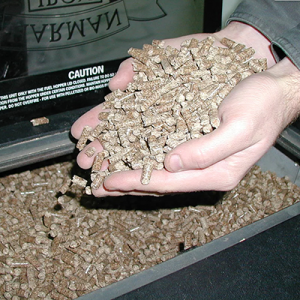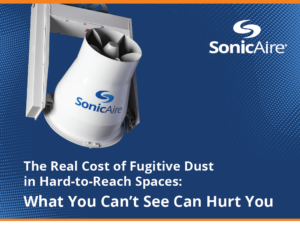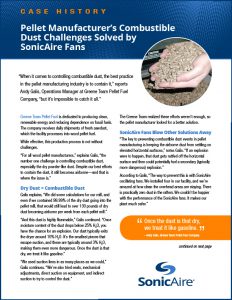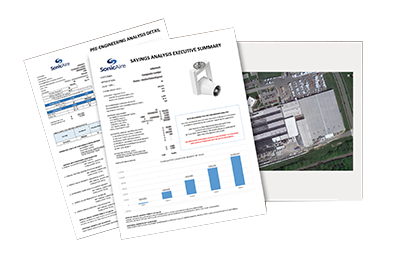
Greene Team Pellet Fuel Company
“When it comes to controlling combustible dust, the best practice in the pellet manufacturing industry is to contain it,” reports Andy Galis, Operations Manager at Greene Team Pellet Fuel Company, “but it’s impossible to catch it all.”
“For all wood pellet manufacturers,” explains Galis, “the number one challenge is controlling combustible dust, especially the dry powder-like dust. Despite our best efforts to contain the dust, it still becomes airborne—and that is where the issue is.”
Galis explains, “Even if we contained 99.99% of the dry dust going into the pellet mill, that would still lead to over 130 pounds of dry dust becoming airborne per week from each pellet mill. And this dust is highly flammable. Our dust typically exits the dryer around 10% H2O. It’s the smallest pieces that escape suction, and these are typically around 3% H2O, making them even more dangerous. Once the dust is that dry, we treat it like gasoline.”
“If an explosion were to happen, dust gets rattled off the horizontal surfaces and then could potentially fuel a secondary (typically more dangerous) explosion. The way to prevent this is with SonicAire fans. We installed four in our facility, and we’re amazed at how clean the overhead areas are staying. There is practically zero dust in the rafters. We couldn’t be happier with the performance of the SonicAire fans. It makes our plant much safer.”

Greene Team Pellet Fuel Company
“When it comes to controlling combustible dust, the best practice in the pellet manufacturing industry is to contain it,” reports Andy Galis, Operations Manager at Greene Team Pellet Fuel Company, “but it’s impossible to catch it all.”
“For all wood pellet manufacturers,” explains Galis, “the number one challenge is controlling combustible dust, especially the dry powder-like dust. Despite our best efforts to contain the dust, it still becomes airborne—and that is where the issue is.”
Galis explains, “Even if we contained 99.99% of the dry dust going into the pellet mill, that would still lead to over 130 pounds of dry dust becoming airborne per week from each pellet mill. And this dust is highly flammable. Our dust typically exits the dryer around 10% H2O. It’s the smallest pieces that escape suction, and these are typically around 3% H2O, making them even more dangerous. Once the dust is that dry, we treat it like gasoline.”
“If an explosion were to happen, dust gets rattled off the horizontal surfaces and then could potentially fuel a secondary (typically more dangerous) explosion. The way to prevent this is with SonicAire fans. We installed four in our facility, and we’re amazed at how clean the overhead areas are staying. There is practically zero dust in the rafters. We couldn’t be happier with the performance of the SonicAire fans. It makes our plant much safer.”

GET YOUR FREE GUIDE:
The Real Cost of Fugitive Dust in Hard-to-Reach Spaces
What You Can’t See Can Hurt You
To help protect your workplace, we’ve compiled the following resource, The Real Cost of Fugitive Dust in Hard-to-Reach Spaces: What You Can’t See Can Hurt You. In it, we identify seven ways fugitive dust is likely impacting your facility and its profitability.
These costs go beyond housekeeping and explain why you should be preventing dust buildup to protect the bottom line, not just to stay in compliance.


